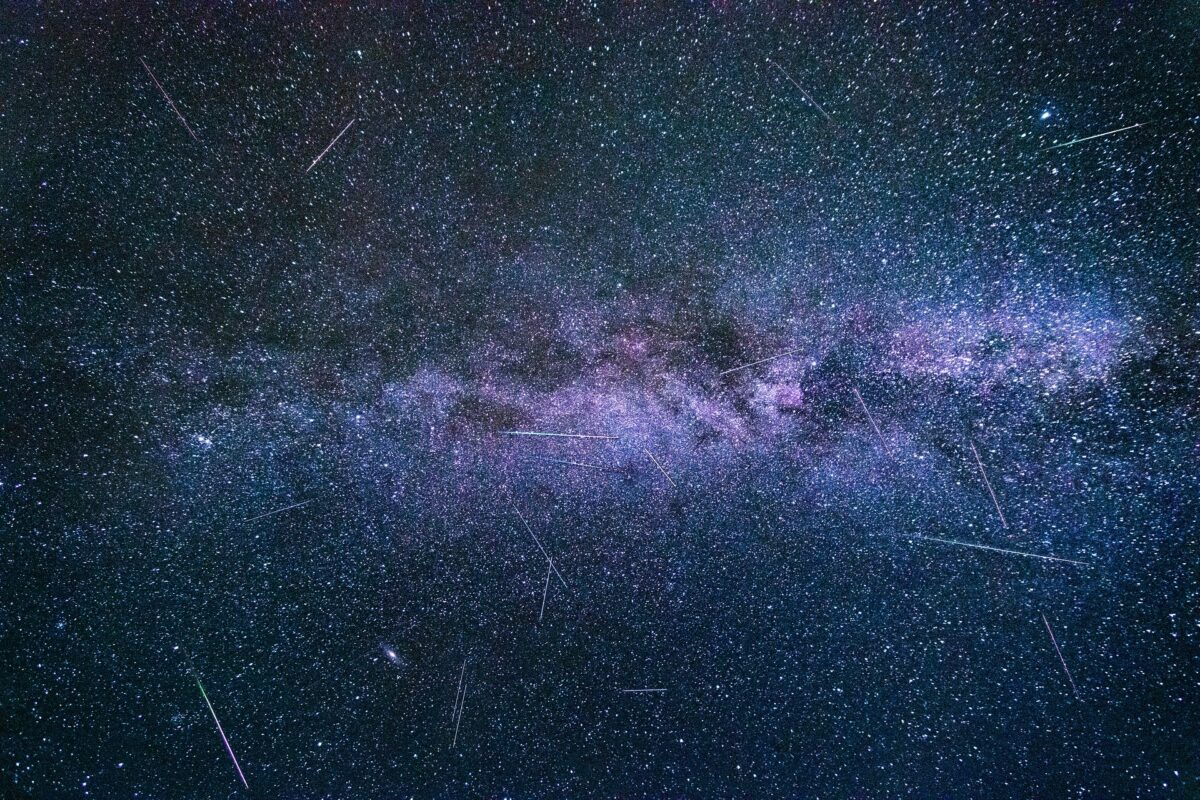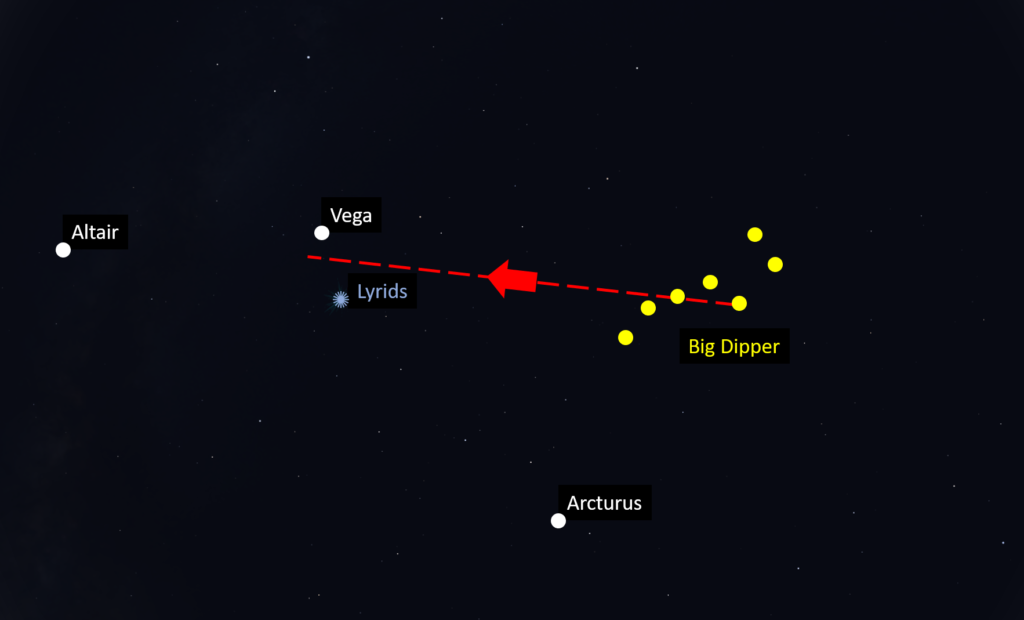You can start preparing for an amazing stargazing event: the Perseids meteor shower! The event has already started in mid-July, and can still be observed until the 24th of August. Its peak will occur on August 12, so make sure you organize a stargazing session soon! Thus, if the weather is clear and the nights are dark – make sure you go out somewhere and look up in the night sky, in the direction of the Perseus constellation!
What is a meteor shower?
A meteor shower on Earth usually occurs when our planet’s path intersects with the orbit of a comet. When a comet approaches the Sun, some of its ice vaporizes, leaving behind a stream of dust and debris, called a “dust trail” (which is different from a comet’s tail). When such debris – called meteoroids or micrometeoroids, in function of the size, and which is most of the time the size of a grain of sand -, enters Earth’s atmosphere at very high speeds (typically 70 km/s), it heats up because of the friction with the air in the atmosphere, which causes the particles to light up and glow. This streak of light crossing the night sky is called a meteor, or shooting star. So no, a shooting star is not a real “star” 😉
Meteors
Meteors usually occur in Earth’s atmosphere at an altitude of above 50 km, and under 100 km. The glow can be fainter and shorter for smaller particles and it becomes brighter and longer as the size of the particle increases. The colour of a meteor can also vary, in function of the chemical composition of the particle!
And, by the way, a meteor that doesn’t burn up and which finally hits Earth’s surface, is called a meteorite!
Radiant
What is very interesting is the fact that the meteor particles in a meteor shower originate from a point called the radiant, and are all travelling in parallel paths. But if we look at the sky, we see the meteors radiate in all directions. So how can this be? This is the effect of perspective! For example, if you sit in the middle of a straight railroad track and you look along it, you see that the two tracks converge at a single point, somewhere far away. This is exactly what happens with meteors in a meteor shower, but the effect is a lot more intense, due to the great distances where the meteor shower occurs!

The Perseids
Concerning the Perseids now, you should also know that meteor showers are named in function of the constellation where they originate. So, the Perseids seem to originate in the constellation of Perseus, hence their name! The same goes for another well-known meteor shower: the Lyrids, which seem to originate in the constellation Lyra.
Moreover, the Perseids is a predictable event – that is, they occur because of the crossing of Earth’s path with the orbit of the Swift-Tuttle comet, which was last visible from Earth in 1992 (and will next be visible in 2126!). The intersection of Earth with Swift-Tuttle’s orbit occurs each year around July-August, thus, the Perseid meteor shower is then expected!
So, what should you do?
Go outside, away from big cities. Ideally, avoid any source of nearby lighting, including your car’s lights or your phone’s screen. Make, of course, sure that the sky is clear of clouds and try to find the Perseus constellation. To do this, guide yourself with bright stars (with lower magnitudes), such as the Big Dipper asterism and the Cassiopeia constellation: imagine a very thick line between the two and look just below this line, towards the “W”-shaped Cassiopeia. There will be Perseus, and the Perseids will seem to originate from there.

Best is to use your own eyes to see, in order to have a larger field of view, thus no binoculars or telescopes. And make sure you let your eyes adapt to the darkness first! And then comfortably sit somewhere and just look at the sky and let the show begin!












